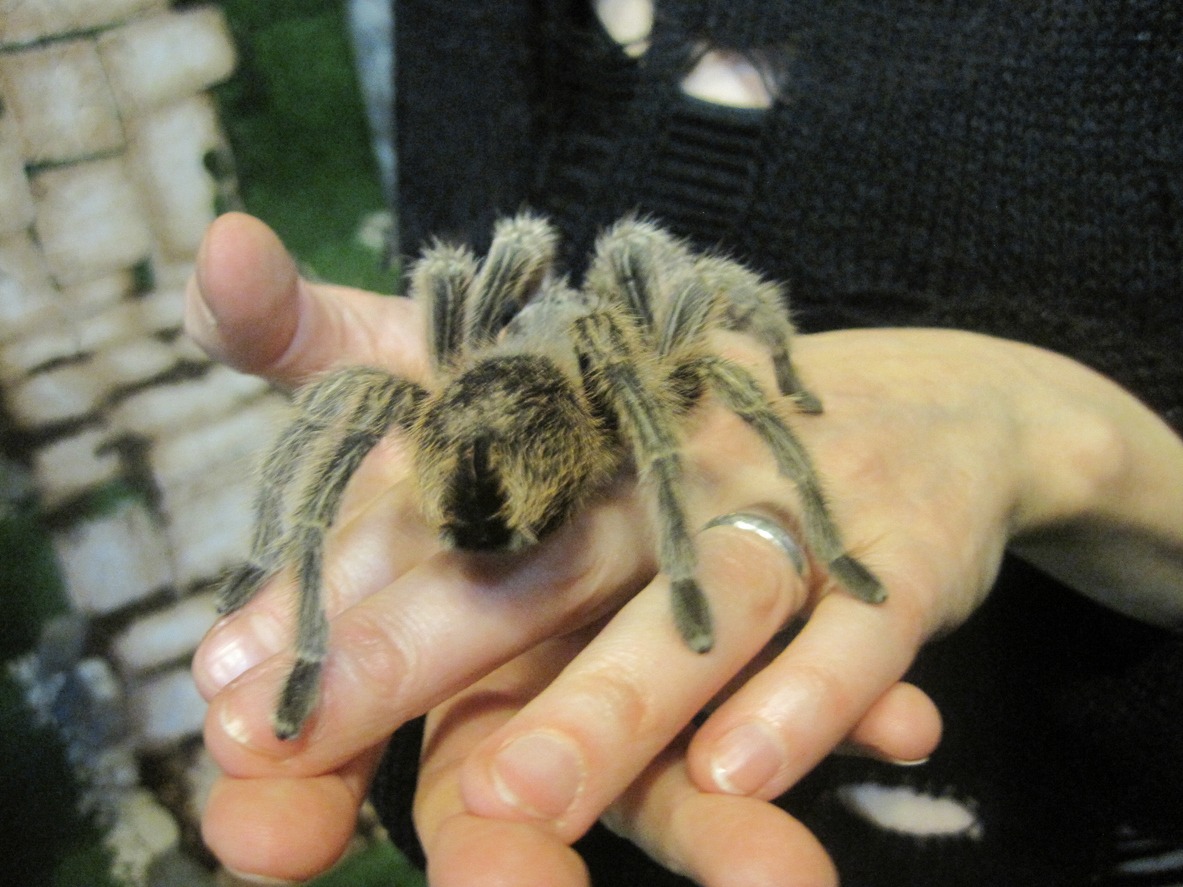The Chilean Rose Tarantula, also referred to as Rose Hair Tarantula, Chilean Fire Tarantula, Chilean Red-haired Tarantula, and Grammostola rosea, is one of the most commonly available tarantula species in European and American pet trade. These tarantulas come in large numbers of wild-caught individuals, which are all exported in a much cheaper price from Chile, Bolivia, and Argentina to the international pet trade. Generally calm, docile, and inexpensive, Chilean Rose Tarantulas make perfect spider pets for beginners. If you want to learn more about this tarantula species, make sure to read further!
History
The Chilean Rose Tarantula was first described by French civil servant and scientist Baron Charles Athanase Walckenaer. This tarantula species is a common pet among hobbyists—females have been recorded to live more than 20 years. Chilean Rose Tarantulas thrive in the deserts and scrublands of Chile, Argentina, and Bolivia. Back in the day, numerous individuals have been wandering in nature. Unlike other tarantulas, Chilean Rose Tarantulas are not burrowers.
Characteristics of a Chilean Rose Tarantula
Average life span: Females live up to 20 years or more, while males live for 5 years
Average body length: 3 inches
Average leg span: 5 inches
The overall color of the Chilean Rose Tarantula is black to grayish brown, with rose-like hues all over its hard-shell upper body. Its fangs fold underneath the body, meaning it must bite and strike downward to attack a prey. It possesses four pairs of legs, just like other tarantulas. More than these characteristics, it has four extra appendages called pedipalps and chelicerae near its mouth. The latter contains its fangs and venom, while the former is used as claws and feelers, which support the tarantula in feeding. For males, the pedipalps play an essential part in reproduction.
Chilean Rose Tarantulas can deliver and throw irritating hairs called urticating hairs when threatened. As with any tarantula species, keeping more than one together can lead to cannibalism.
Caring for a Chilean Rose Tarantula
The Chilean Rose Tarantula is relatively low maintenance, docile, and inexpensive tarantula, making them popular pets among spider hobbyists. Should you choose to care for one, you should be ready for the following responsibilities.
First, secure a well-ventilated and escape-proof enclosure for your Chilean Rose Tarantula. A 10-gallon glass enclosure is recommended for an adult. A quick yet helpful guide in finding the minimum size needed is at least thrice the length of the tarantula’s leg span, which is 5 inches on average. The ideal aquarium should be spacious, where it can wander around freely, but make sure it isn’t overly exposed. Place a mesh screen atop of the enclosure so that your tarantula could not escape.
As for the enclosure’s substrate, keep in mind that Chilean Rose Tarantulas are not burrowers, so they don’t need burrow-friendly substrates. However, a relatively thick later of substrate can be added to retain the environment’s humidity. Some hobbyists fill the enclosure with up at least halfway or more with substrate as they like to climb walls. Provide a hiding area to make your tarantula feel at home. Decorations such as cork bark that is half-round log can be placed, but make sure that the decorations are well-secure to prevent injury.
A Chilean Rose Tarantula may go on hunger strikes for weeks and even months, which could be worrisome to beginner hobbyists. Sometimes, it hides in a burrow and refuses to take any food. But this should be a huge concern, as this is perfectly normal behavior among this species.
A shallow water dish is necessary to maintain the humidity of the environment. You can place it at the opposite end of the enclosure. High humidity levels are not essential but keep it at least 65%. Avoid misting the enclosure because it might stress the tarantula. As an alternative, you can overflow the water dish with clean water to maintain moisture. If you have observed your pet standing around or is in the water dish for a long time, it is a sign that your pet’s environment is too arid.
The primary source of nutrients of Chilean Rose Tarantulas is gut-loaded crickets. 3-5 appropriate-sized crickets should be given as weekly aliment. The cricket should be the exact size or smaller than the length of your pet’s abdomen.

